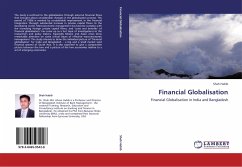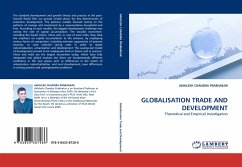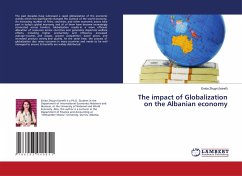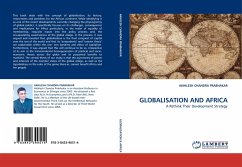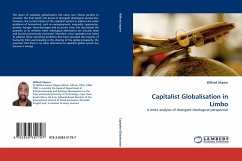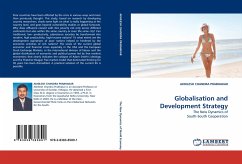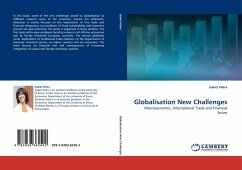The study is confined to the globalisation through external financial flows that brought about considerable changes in the globalisation process. The period of 1990s is marked by considerable improvement in the financial integration through substantial increase in private capital flows to the developing world. Macroeconomic management has become complex with the increasing foreign private capital flows, and costs and benefits of financial globalisation has come up as a hot topic of investigations to the researchers and policy makers. Especially Mexico and Asian crises drew remarkable attention on some critical issues of effective macroeconomic management. The study intends to draw the individual picture of financial globalisation for India and Bangladesh a big and a small market (and financial system) of South Asia. It is also expected to give a comparative picture between the two and a picture of the two economies relative to a set of emerging economies.
Bitte wählen Sie Ihr Anliegen aus.
Rechnungen
Retourenschein anfordern
Bestellstatus
Storno

